| Kwai Muk - Artocarpus hypargyraeus | |
|---|---|
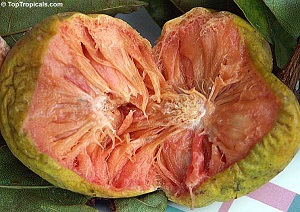 Fig. 1  Artocarpus hypargyraeus 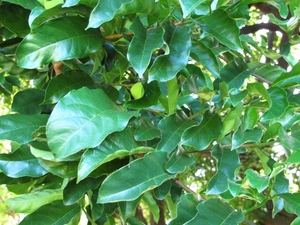 Fig. 2  A. lingnanensis (Kwai muk) leaves at Kahanu Gardens NTBG Kaeleku Hana, Maui 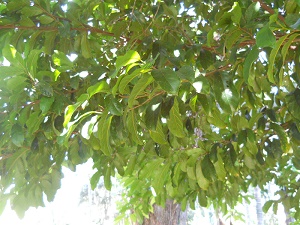 Fig. 3  Kwai Muk (A. hypargyraeus) canopy 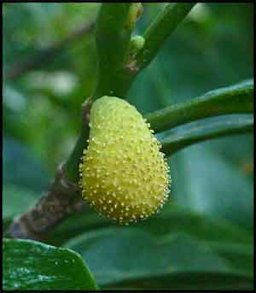 Fig. 4 Kwai Muk flower 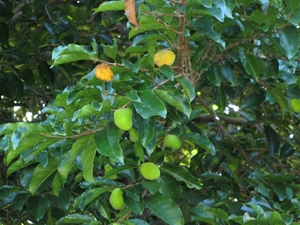 Fig. 5  A. lingnanensis (Kwai muk) fruit at Kahanu Gardens NTBG Kaeleku Hana, Maui 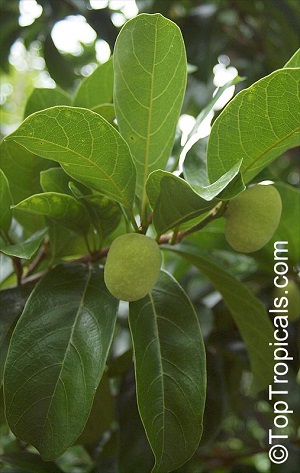 Fig. 6  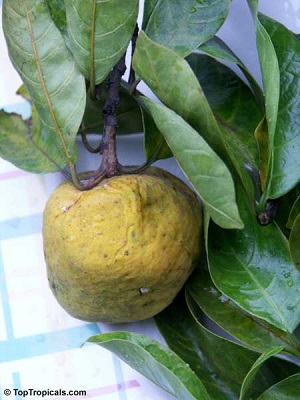 Fig. 7  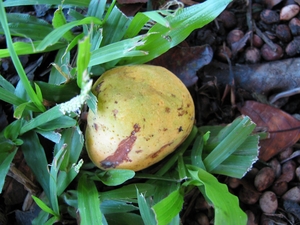 Fig. 8  A. lingnanensis (Kwai muk) fruit on the ground at Kahanu Gardens NTBG Kaeleku Hana, Maui 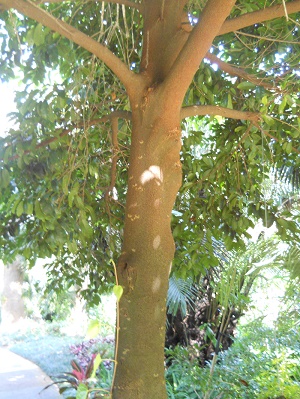 Fig. 9  Kwai Muk (A. hypargyraeus) trunk 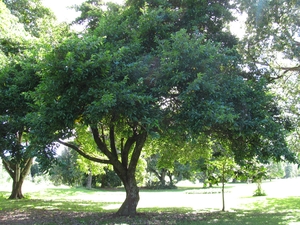 Fig. 10  A. lingnanensis (Kwai muk) tree habit at Kahanu Gardens NTBG Kaeleku Hana, Maui  Fig. 11  |
Scientific
name Artocarpus hypargyraeus Hance ex Benth Common names English: Kwai Muk, silver-back artocarpus, sweet artocarpus; China: Bai Gui Mu, Pai Kuei Mu Synonym No synonym Relatives Champedak, A. integer Merr.; jackfruit A. heterophyllus; lakoocha, A. lakoocha Roxb.; marang, A. odoratissimus; pingan, A. saraswakensis; butong, A. nitidus; monkey jackfruit, A. rigidus; pedalai, A. sericicarpus; breadfruit, A. altilis; Pudau, A. kemando 3 Family Moraceae (mulberry family) Origin Native from Kwangtung, China, to Hong Kong 2 Uses Fruit; good for landscaping of small urban properties 1 Height 20-25 ft (6-8 m) 1 Spread 20-25 ft (6-8 m) 1 Crown Symmetrical, compact canopy without pruning Plant habit Slender, erect ornamental Growth rate Slow grower Trunk/bark/branches Stems, leaves and green fruits exude a white, sticky latex when they are cut or broken 1 Pruning requirement Pruning to remove dead branches; maintain size for harvest 1 Leaves Evergreen; simple; stiff leathery texture; 3-6 in (7.6-15.3 cm) long 1 Flower Yellowish male and female borne in solitary, axillary; obovoid; separate inflorescences on the same tree; May to July 1 Fruit Multiple syncarp; plum-sized; irregular, odd shape; yellow-brown, fuzzy skin; sweet, citrus-like taste; best flavor when ripe 1 Season Aug. to Oct. Light requirement Full sun to partial shade Soil tolerances Adapted to most Florida soils; grows especially well in the mildly acid sandy soils 1 pH preference Unknown Drought tolerance Unknown Aerosol salt tolerance Unknown Soil salt tolerance Unknown Cold tolerance 26 °F (-3.3 °C) Plant spacing 12-15 ft (3.7-4.6 m) Invasive potential * None reported Pest resistance Unknown Known hazard None Reading Material The kwai muk, a tropical fruit tree for southern Florida, Archives of the Rare Fruit Council of Australia Kwai Muk, Fruits of Warm Climates A Guide to Artocarpus Fruits, Archives of the Rare Fruit Council of Australia Origin The Kwai Muk, possibly A. lingnanensis Merr., was introduced into Florida as A. hypargyraea Hance, or A. hypargyraeus Hance ex Benth. The tree is native from Kwangtung, China, to Hong Kong, and has been introduced sparingly abroad. It was planted experimentally in Florida in 1927 and was thriving in Puerto Rico in 1929. It grows at an altitude of 500 ft (152 m) in China. 2 Description The 'kwai muk' tree grows to a height of 45 feet in China; mature trees in Florida generally attain a height of 20-25 feet. The following description is based on observations of trees growing in Dade County, Florida. The canopy is rounded and dense, with a width approximately equalling its height. The tree retains its leaves throughout the year and has an attractive appearance at all times. 1 Leaves Simple, elliptic to elliptic-ovate, 3-6 in,long, with a stiff, leathery texture, acuminate tips and entire margins. They are shiny and dark green on the upper surface and dull medium green on the lower surface; both surfaces are glabrous (smooth). 1 Flowers The yellowish male and female flowers are borne in solitary, axillary, obovoid, separate inflorescences on the same tree. The minute flowers are joined and the in florescence develops into a multiple fruit, a syncarp. Flowering occurs from May to July. 1 Fruit The fruits are more or less oblate and irregular, 1 to 2 in (2.5-5 cm) wide, with velvety, brownish, thin, tender skin and replete with latex when unripe. When ripe, the pulp is orange-red or red, soft, of agreeable subacid to acid flavor and may be seedless or contain 1 to 7 small, pale seeds. 2 Harvesting Ripens from August to October in Florida. 2 The fruit must be completely ripe for fresh consumption; unripe fruit exudes a white, sticky latex when the skin is broken. 1 Pollination Insects are believed to be the major pollinators. Pollination is facultatively xenogamous, ie the major means of pollination is by outcrossing with a genetically different tree of hypargyreus while it has limited means of being pollinated by pollen from male flowers on the same tree provided sufficient overlap of male and female flowering occurs. Different trees can have variable levels of sterile pollen. In other edible Artocparpus species it has been found that fruit set may occur but only after pollination, leading to seedless fruit. Kwai muk is genetically highly heterozygous and some trees are triploid, leading to difficulties in cross pollination with other diploid plants. 5 Propagation Propagation has been done in Florida entirely by seed. Seed take several weeks to germinate and the young plants grow slowly. 1 Culture A. hypargyraeus will grow on most soils provided they are well-drained, but thrives best in mildly acid sandy soils. It will grow in calcareous soils but do suffer from chlorosis associated with iron, manganese and zinc deficiencies. 4 Young trees are injured by brief drops in temperature to 28° to 30°F (-2.22°-1.11°C). Mature trees have endured 25° to 26°F (-3.89°-3.33°C) in Homestead, Florida; have been killed by 20°F (-6.67°C) in central Florida. 2 Fertilizing Trees grow well when maintained on a fertilizer program such as that used for citrus trees in home gardens. 1 Irrigation Well-established trees appear to need irrigation under Florida conditions only during extended dry periods, which can cause leaf drop and limb dieback if the trees do not receive water. 1 Pest/disease No pests or diseases are recognized at this time as causing significant damage to kwai muk trees in Florida. It should be recognized, however, that existing plantings consist of only a few trees growing at widely separated locations, a situation not conducive to the development of pests and diseases. This situation could change if large plantings were made. 2 Food Uses Fruits ripen in late summer and early fall, and often ripen seedless. Smallish orange-brown fruit with fuzzy skin have a nice sub-acid taste. Ripe fruit has an excellent flavour and is eaten fresh or preserved with salt or sugar syrup. The fruit can be dried, dried fruit still retains the good texture and flavour. 4 The pulp is edible raw; can be preserved in sirup or dried. 1 Other Edible in the Artocarpus genus: Breadfruit, A. altilis Chempedak, A. integer Jackfruit, A. heterophyllus Lakoocha, A. lacucha Marang, A. odoratissimus General The stems, leaves and green fruits exude a white, sticky latex when they are cut or broken. List of Growers and Vendors |
| Bibliography 1 Campbell, Carl W. "The kwai muk, a tropical fruit tree for southern Florida." Florida Agricultural Experiment Stations Journal Series No. 6020, Proceedings of the Florida State Horticultural Society, Krome Memorial Institute (Tropicals), 1984, FSHS, fshs.org. Accessed 25 Sept. 2014. 2 Fruits of Warm Climates. Julia F. Morton, Miami, 1987. Fig. 1,6,7,11 "Artocarpus hypargyraeus, Kwai Muk." Top Tropicals Tropical Plant Catalog, toptropicals.com. Accessed 25 Sept. 2014. Fig. 2,5,8,10 "Artocarpus lingnanensis (Kwai muk) at Kahanu Gardens NTBG Kaeleku Hana, Maui." Starr Environmental, 2009, (CC BY 2.0), starrenvironmental.com. Accessed 25 Sept. 2014. Published 25 Sept. 2014 LR. Last update 13 Aug. 2020 LR |
|